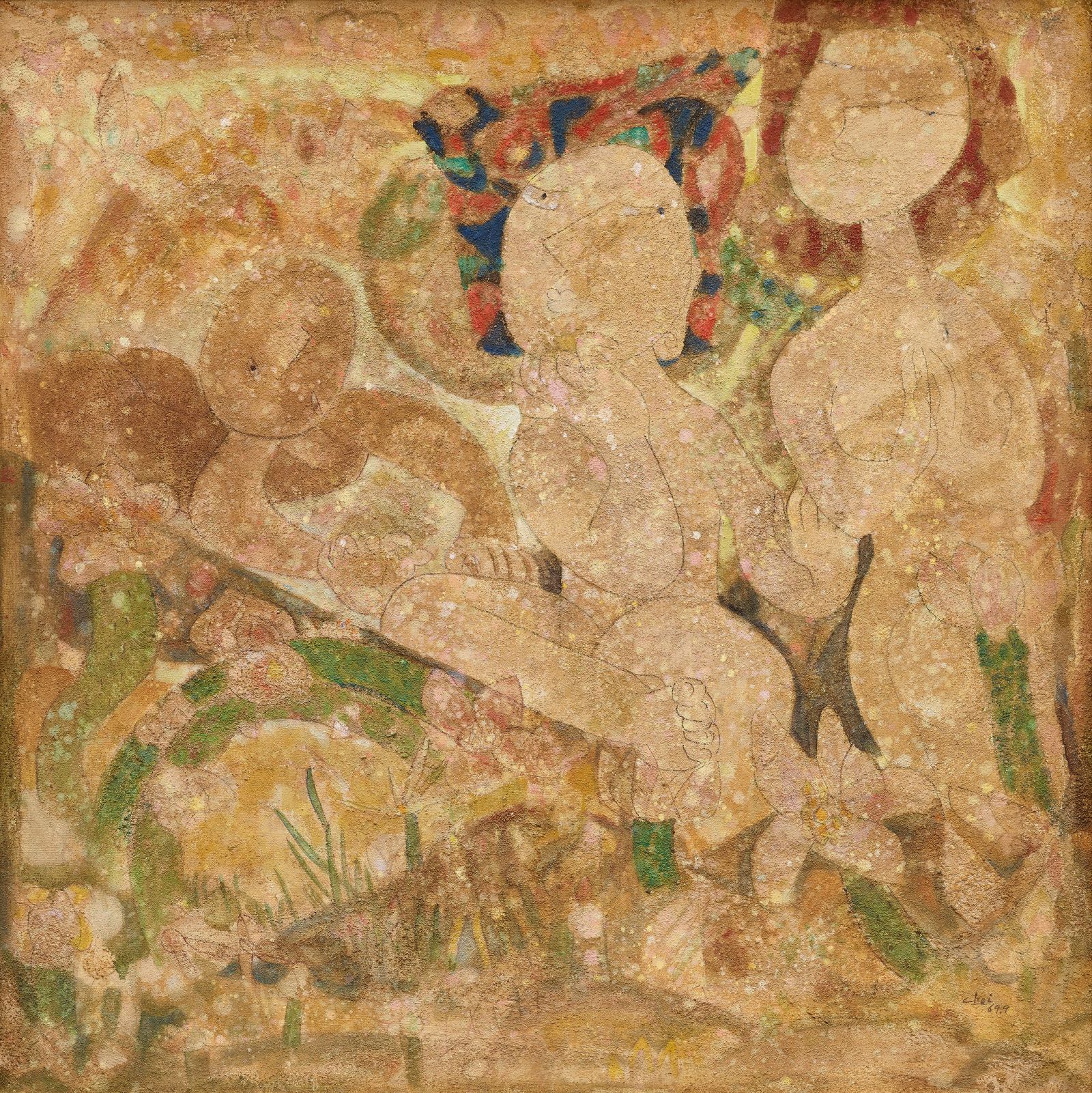
Park Sookeun, Grandfather and Grandson, 1960, Oil on canvas, 146×98cm. MMCA collection
Park Sookeun
* Source: Multilingual Glossary of Korean Art. Korea Arts Management Service
Related
-

National Art Exhibition
A government-hosted exhibition held 30 times from 1949 to 1981, also known by the shorter name Gukjeon. Following national independence, the exhibition was the primary means for young and emergent Korean artists to achieve recognition. The influence of the exhibition declined as a result of the emergence of non-figurative art during the 1970s, the increased opportunities for artists to participate in overseas exhibitions, and the rise of private exhibitions and galleries.
-

Choi Youngrim
Choi Youngrim (1916-1985) was the first son of a wealthy Oriental medicine pharmacist in Pyongyang. He joined a small art community at Gwangseong High School in Pyongyang and submitted a print to the Japanese Print Association. An oil painting of his was selected for the Joseon Art Exhibition [Joseon misul jeollamhoe] in 1935 and several more were selected through 1943. After independence, he participated in the National Art Exhibition (Gukjeon), the Creative Art Association Exhibition, and the Figurative Art Exhibition, and taught as an art professor at the College of Fine arts at Chung-Ang University. He simplified and reconfigured geometric objects using black outlines and flat planar forms in the 1950s. In the 1960s, he switched to color painting, with motifs from traditional folklore, such as Shimchung or The Story of a Tiger, and developed a painting technique of colourful painting by spreading oil on the canvas. He depicted primitive and innocent Utopian landscapes using the simple shades of ochre, and a soft smearing texture, often featuring round and voluptuous nude figures within.







